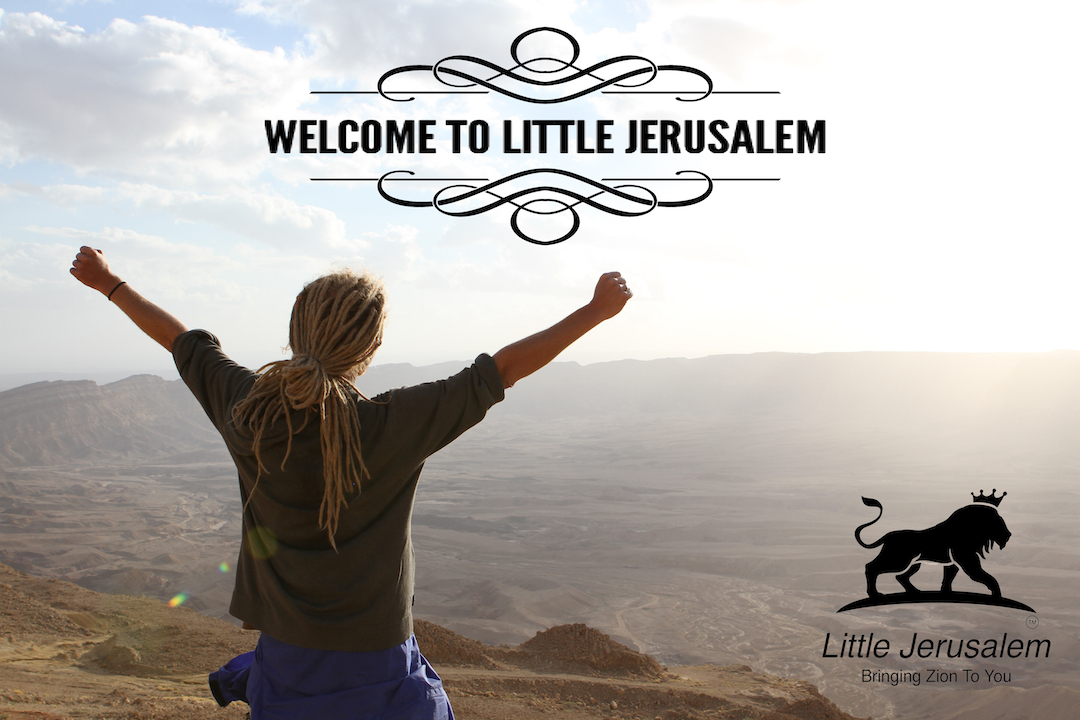The Western Wall
One could easily say that the Western Wall (or HaKotel HaMaaravi in Hebrew) is the spiritual center-spot for Judaism. Also known as the Wailing Wall, or simply the “Kotel,” literally, the Wall, it’s the western retaining wall of the Temple Mount, where the First and Second Temples once stood. The Temple was the center for sacrificial offerings and the place where the High Priest blessed the nation until the Romans destroyed it in the year 70 CE, leading to the Jewish Diaspora for the next almost 2,000 years.
With that in mind, it’s no wonder that the Western Wall draws millions annually from all over the world. Some come to pray out loud; some remain silent, laying their weary brows against the worn, warm stones. Still others write their innermost desires on small pieces of paper and insert them into the cracks between its 2,000-year-old stones. Although it’s a holy site for Jews, the Western Wall holds a strange mystique when it comes to non-Jewish people as well.
The Western Wall plaza, where worshipers congregate throughout the day, allows one access to only a small portion of the wall. The rest stretches below ground and up against residential buildings of the Old City. The underground section of the wall is accessible through a complex network of tunnels. Through the Western Wall Tunnels one can come to the part of the wall traditionally considered closest to where the Holy of Holies used to be. There, as well, lies the Foundation Stone in the Dome of the Rock on the Temple Mount itself.
The Western Wall tunnels stretch around 488 meters (1,600 feet) while 57 (187 feet) meters of the wall are exposed at the Western Wall plaza. The wall is some 32 meters high (105 feet), with the visible section revealing approximately 19 meters (62 feet). Half of the wall, including 17 courses located below ground level, was built towards the end of the Second Temple period, around 19 BCE, by the legendary King Herod the Great. The remaining layers were added from the 7th-century onwards, some 600 years after the destruction of the Second Temple by the Roman legions in 70 BCE.
WHEN TO VISIT
On Friday evening the Kotel plaza is full of people bringing in the day of rest with the traditional Shabbat evening prayers. Another fascinating time to be there is for the Priestly Blessing during the Jewish holidays of Sukkot, Passover, and Shavuot. The dates of these holidays change yearly depending on the Hebrew calendar.
But packed or not, there are always worshipers at the Kotel. Even in the wee hours of the night, there is always someone there, praying intensely, never leaving the Western Wall completely alone.
PLEASE NOTE
Visitors to the Western Wall and other holy sites in Jerusalem are advised to dress modestly.
